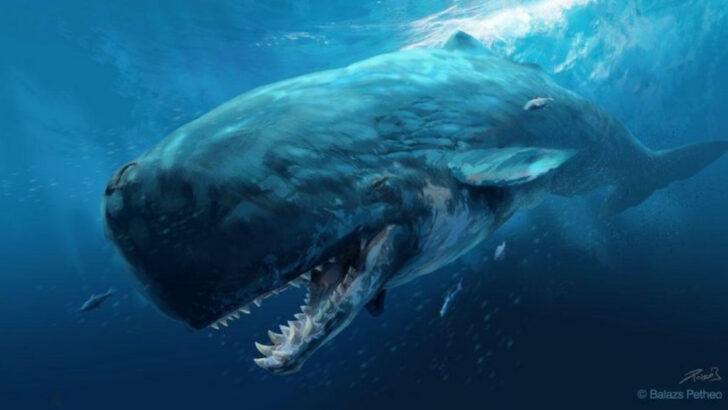One had teeth like steak knives. The other was a torpedo with a jaw.
Megalodon and Livyatan didn’t just rule the oceans—they terrorized them.
These weren’t your average prehistoric predators.
They were nightmares with fins and flippers.
Megalodon was the size of a bus and could crush a car with one bite.
Livyatan, a whale with the soul of a killer, hunted other whales for breakfast.
This wasn’t a peaceful coexistence.
This was war beneath the waves.
So who wins when two legends collide?
Who gets to wear the crown of the ancient deep?
We’re diving straight into the jaws of this epic clash—one fact at a time.
Grab your snorkel (and maybe some armor).
It’s about to get toothy.
Megalodon’s Immense Size

The Megalodon, a prehistoric giant of the seas, stretched up to 60 feet in length. This colossal predator dwarfed today’s largest sharks. Imagine the awe-inspiring sight of this massive creature gliding through ancient waters. Megalodon’s size allowed it to dominate its environment, preying on large marine mammals such as whales.
Its enormous jaws could exert a bite force estimated to be ten times that of a great white shark. This incredible power made it an apex predator, ruling the oceans with unmatched ferocity. Scientists continue to study its fossilized teeth for insights.
Livyatan’s Fearsome Teeth
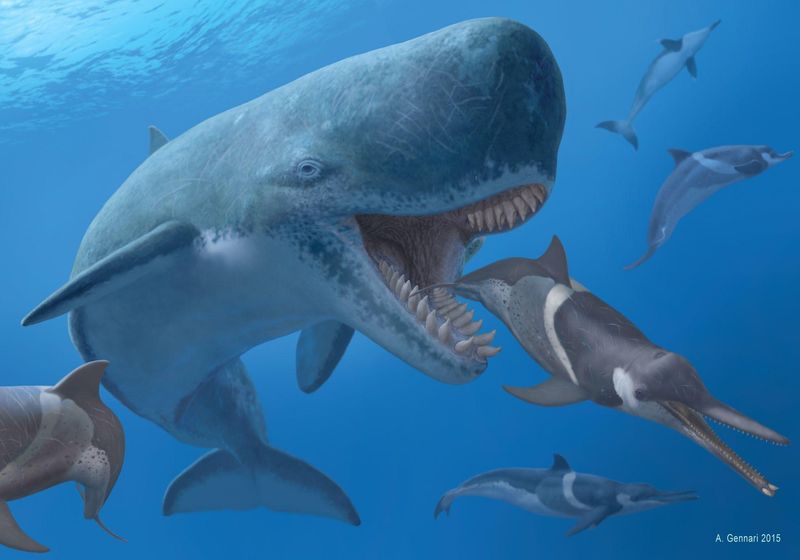
Livyatan melvillei, often compared to the modern sperm whale, possessed teeth that were truly terrifying. Some of these teeth were over a foot long, designed for grasping and tearing flesh. This adaptation enabled Livyatan to hunt large prey, including other whales.
In contrast to its modern relatives, Livyatan was a predator with a fearsome reputation. Its hunting techniques and powerful jaws made it one of the top predators of its time. Fossils of Livyatan’s teeth provide a window into the life of this incredible creature.
Megalodon’s Global Range
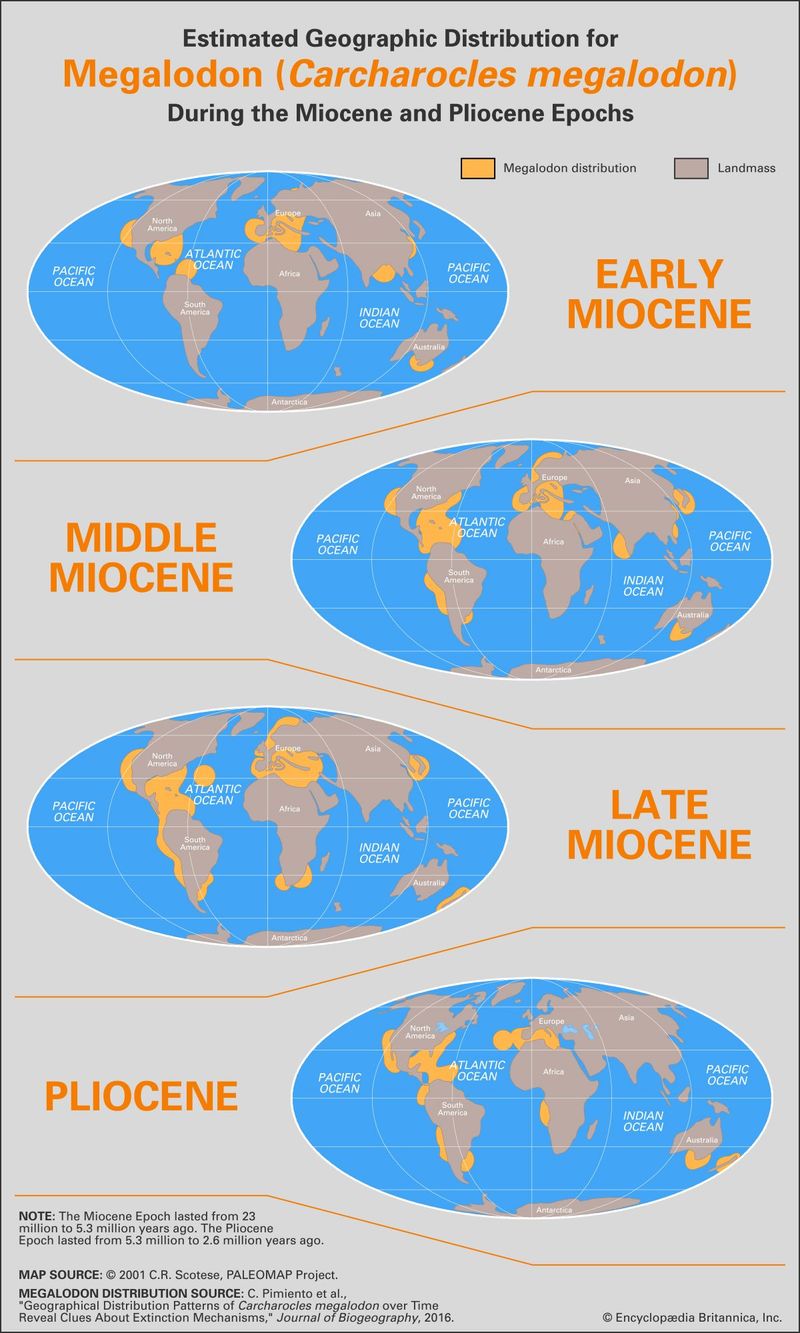
Megalodon had an extensive global range, inhabiting warm coastal waters worldwide. Fossils have been unearthed on every continent except Antarctica, indicating its adaptability to various marine environments. This widespread distribution suggests it thrived in diverse climates and conditions.
Its presence in such varied locations demonstrates Megalodon’s versatility as a predator. The discovery of these fossils helps scientists understand the ancient oceans’ ecosystems. Each fossil tells a story of an era when Megalodon ruled the seas with unparalleled dominance.
Livyatan’s Unique Echolocation
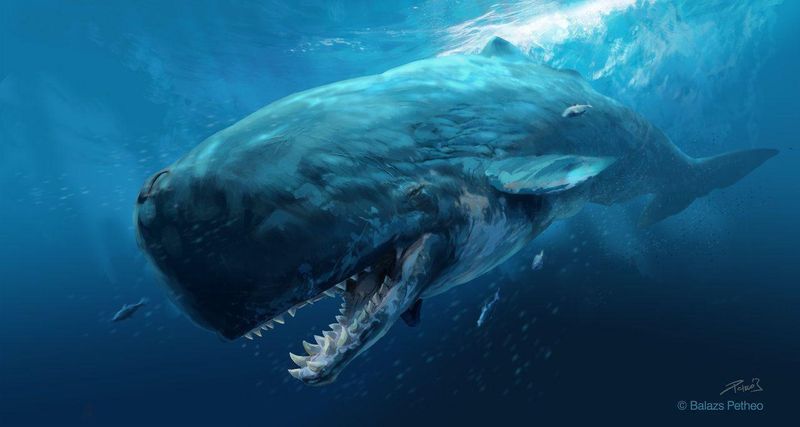
Livyatan possessed a unique echolocation capability, setting it apart from its contemporaries. This adaptation allowed it to hunt efficiently in dark or murky waters, using sound waves to locate prey. Echolocation is a sophisticated biological sonar used by modern whales as well.
This ability gave Livyatan an edge in hunting, especially in challenging environments where visibility was low. Understanding Livyatan’s use of echolocation provides insights into its behavior and hunting strategies, showcasing the complexity of this ancient predator.
Megalodon’s Enormous Appetite
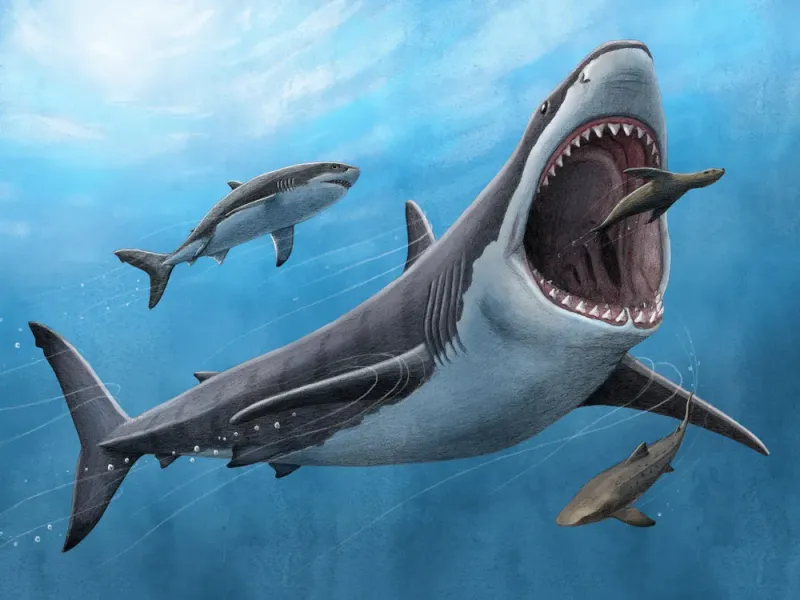
Megalodon had an insatiable appetite, feasting on large marine mammals, including whales. Its diet required consuming several tons of food each day. This massive caloric intake fueled its gigantic body and ensured its dominance as a top predator.
The evidence of its feeding habits is found in bite marks on fossilized whale bones. These fossils reveal a story of predation and survival in the prehistoric seas. Studying these interactions helps scientists comprehend Megalodon’s role in the ancient marine ecosystem.
Livyatan’s Hunting Grounds
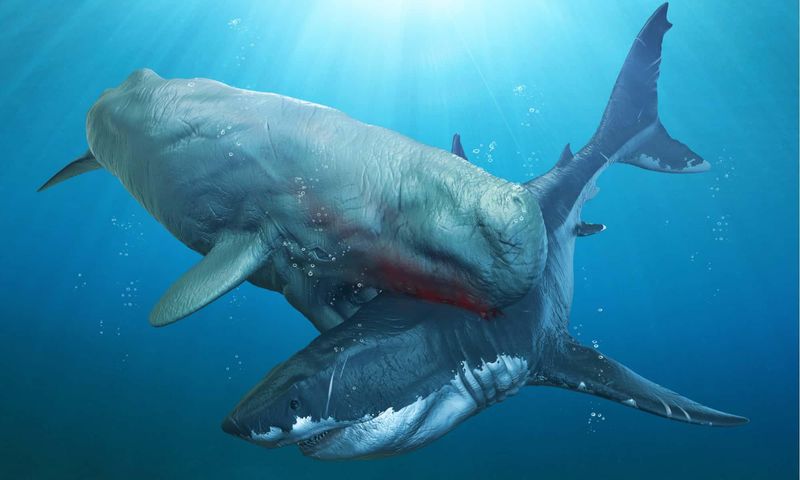
Livyatan’s hunting grounds were primarily in warm, nutrient-rich waters. These areas supported a diverse range of marine life, providing ample prey for this formidable predator. Its preference for such environments highlights its role as a top predator in the food chain.
The abundance of food in these regions allowed Livyatan to thrive. Fossils found in these areas give clues to its hunting behaviors and environmental preferences. These insights paint a picture of an apex predator perfectly adapted to its surroundings.
Megalodon’s Extinction Mystery
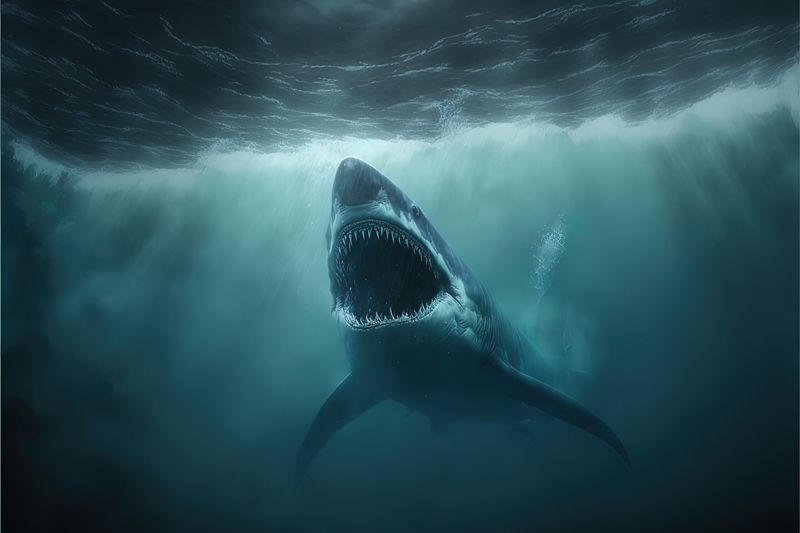
The extinction of Megalodon remains one of the great mysteries of paleontology. Various theories suggest climate change, competition with other predators, and declining prey availability as factors. These changes likely disrupted the delicate balance of its ecosystem.
The cooling of oceans and shifting coastlines reduced its preferred habitats. Despite its formidable nature, Megalodon could not adapt to these rapid changes, leading to its eventual demise. The study of its extinction offers critical lessons about the impacts of environmental shifts on apex predators.
Livyatan’s Skull Strength

Livyatan possessed an incredibly strong skull, designed to withstand immense pressure and force. The robust structure of its skull supported large muscles, enabling a powerful bite. This anatomical feature was essential for subduing large prey and competing with other predators.
The strength of its skull allowed Livyatan to engage in aggressive hunting tactics. Fossil evidence shows signs of healed injuries, indicating encounters with formidable adversaries. This aspect of its anatomy underscores its role as a dominant force in the prehistoric oceans.
Megalodon’s Warm-Blooded Nature
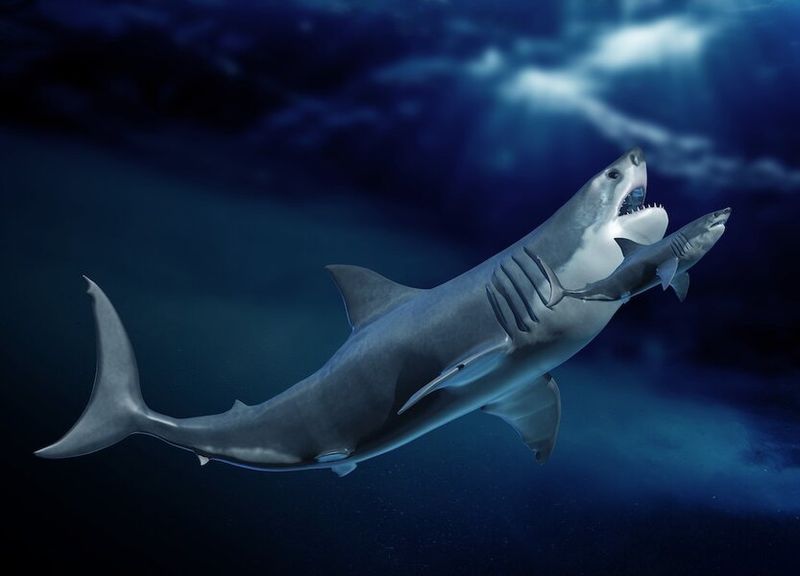
Megalodon is believed to have been warm-blooded, an adaptation that gave it a metabolic advantage over cold-blooded marine creatures. This trait allowed it to maintain a higher body temperature, enhancing muscle efficiency and hunting capabilities.
Warm-bloodedness enabled Megalodon to inhabit a range of oceanic temperatures, from tropical to temperate waters. This adaptability contributed to its widespread distribution. The understanding of its warm-blooded nature provides insights into its success as a top predator.
Livyatan’s Social Behavior
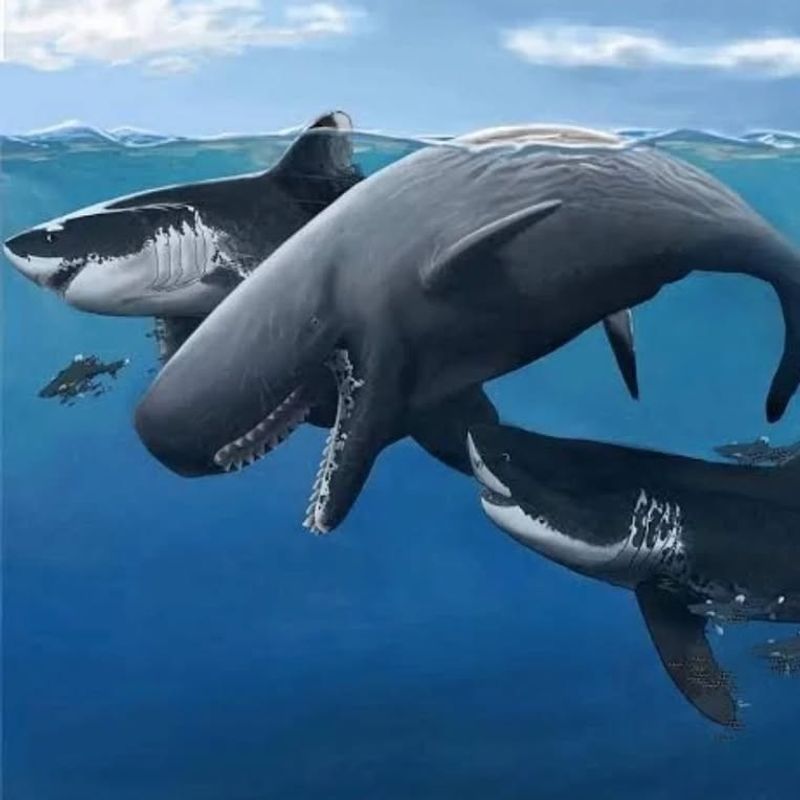
Recent studies suggest that Livyatan may have exhibited complex social behaviors similar to modern whales. These interactions could have included group hunting, communication, and social bonding. Such behaviors would have enhanced their success as hunters and community members.
The possibility of social structures among Livyatan adds a fascinating dimension to its life history. Fossil evidence and comparisons with living relatives provide clues to these social dynamics. Understanding Livyatan’s social behavior helps reconstruct the social fabric of prehistoric marine life.
Megalodon’s Teeth Regeneration

Megalodon’s teeth regeneration was a remarkable adaptation, ensuring it always had sharp teeth for hunting. Its mouth contained rows of teeth that continuously replaced worn or lost ones. This regeneration process was crucial for maintaining its predatory efficiency.
Each tooth was serrated and designed for slicing through flesh, reflecting its diet of large marine mammals. The ability to regenerate teeth allowed Megalodon to remain a formidable hunter throughout its life. Fossils of these teeth are key to understanding its biology and ecology.
Livyatan’s Sensory Perception
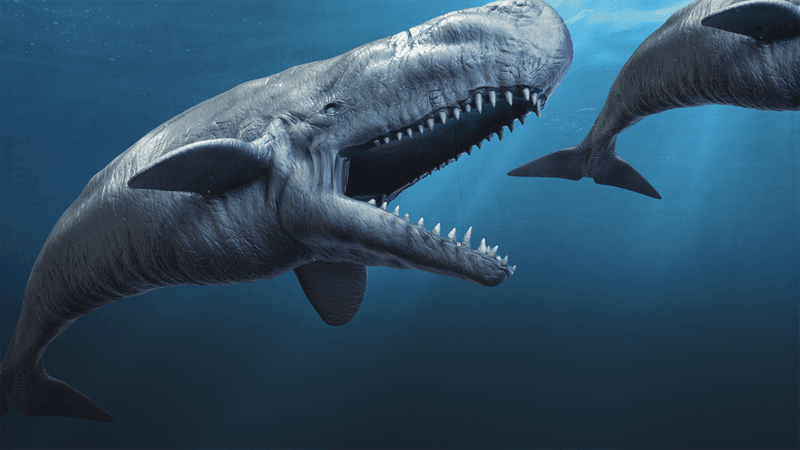
Livyatan’s sensory perception was highly developed, enabling it to detect prey and navigate its environment effectively. Its large eyes and acute hearing allowed it to hunt efficiently, even in dimly lit waters. This sensory adaptation was vital for its survival as a top predator.
These heightened senses provided Livyatan with an edge in the competitive prehistoric oceans. Fossil evidence suggests similarities with modern whale sensory structures. Studying these features enhances our understanding of Livyatan’s hunting strategies and environmental interactions.
Megalodon’s Fossil Teeth
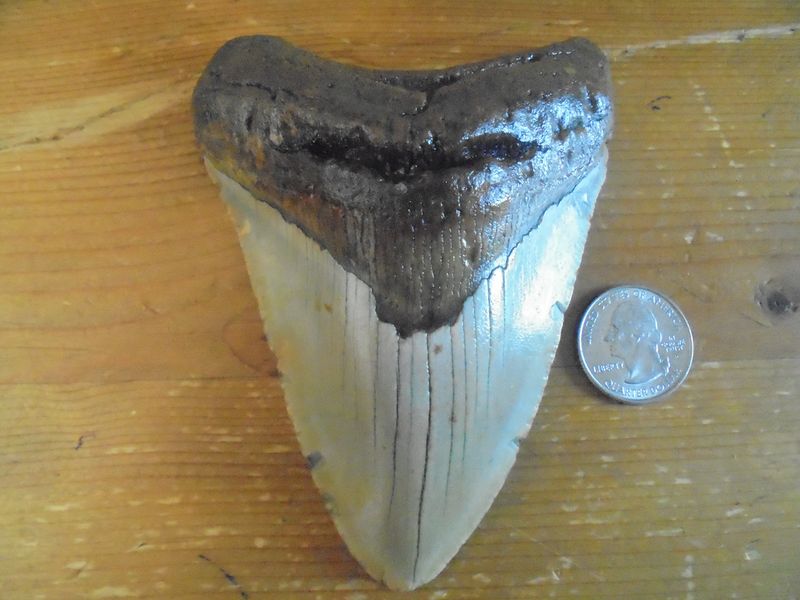
Fossilized teeth are the primary evidence of Megalodon’s existence, providing crucial insights into its life. These large, triangular teeth are found worldwide, varying in size and shape. Each tooth tells a story of a predator that once dominated the oceans.
The abundance of these fossils allows scientists to study Megalodon’s growth patterns, diet, and behavior. The serrated edges of the teeth speak of a hunter adapted to slicing through flesh. These fossils remain a symbol of Megalodon’s reign as an ancient sea king.
Livyatan’s Jaw Mechanics
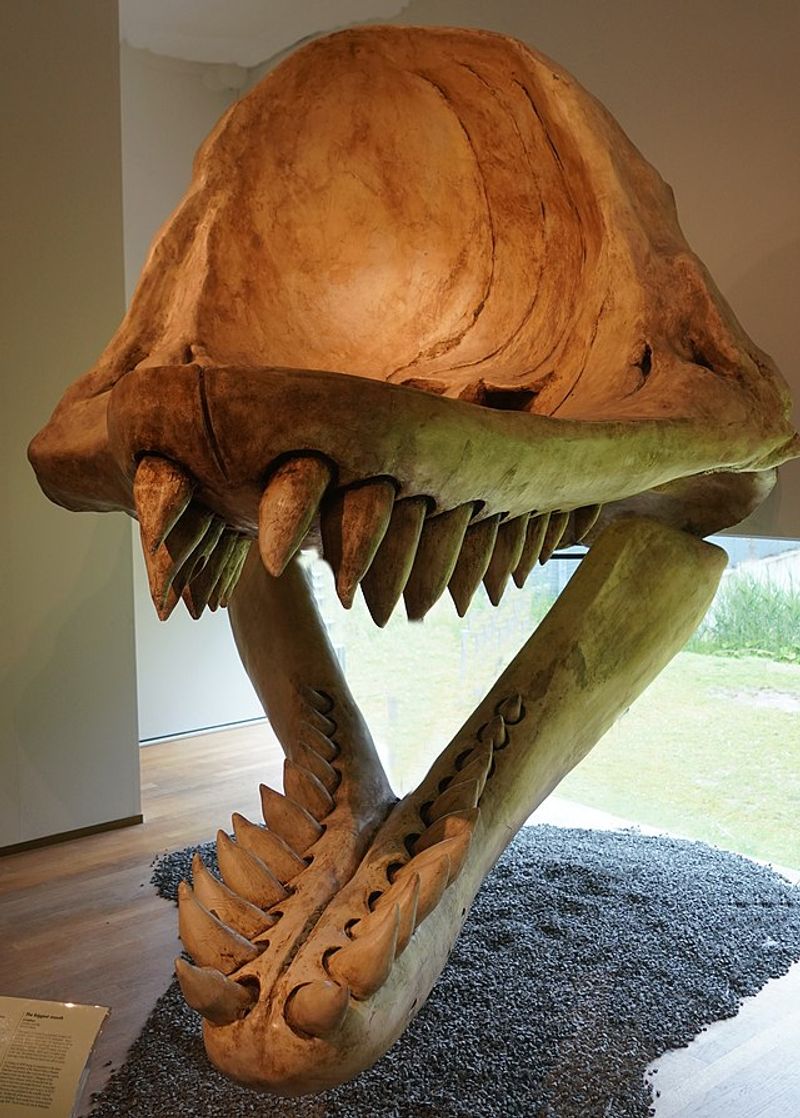
Livyatan’s jaw mechanics were highly specialized, allowing for powerful bites and efficient predation. Its jaw structure was designed for rapid opening and forceful closure, crucial for capturing large prey. This efficiency made it one of the most formidable predators of its time.
The muscular structure supporting its jaw enabled quick and precise movements. Fossils reveal signs of wear, indicating frequent use and successful hunting. The study of Livyatan’s jaw mechanics provides insights into its predatory lifestyle and adaptations.
Megalodon’s Reproduction
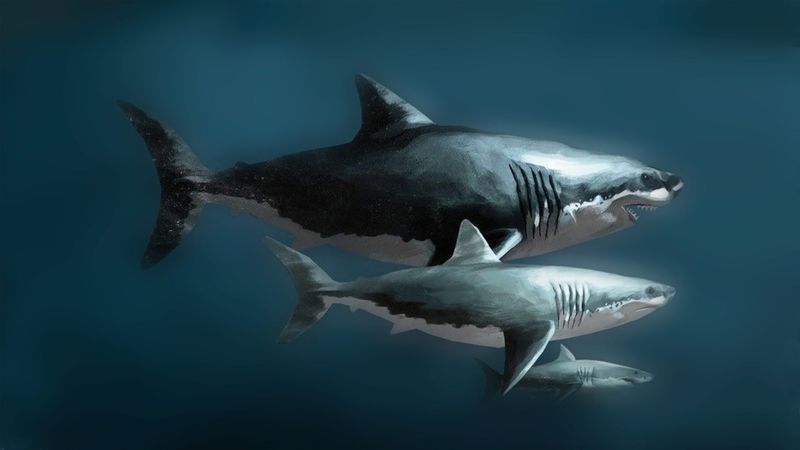
Little is known about Megalodon’s reproduction, but it is believed to have given birth to live young in warm, shallow waters. This birthing strategy provided a safe environment for its offspring, away from deep-sea predators.
The nurturing of young in these protected areas suggests a complex life cycle and care for the next generation. Fossil evidence of juvenile teeth supports this hypothesis. Understanding Megalodon’s reproductive habits offers a glimpse into the social and biological aspects of this ancient predator.
Livyatan’s Evolutionary Lineage
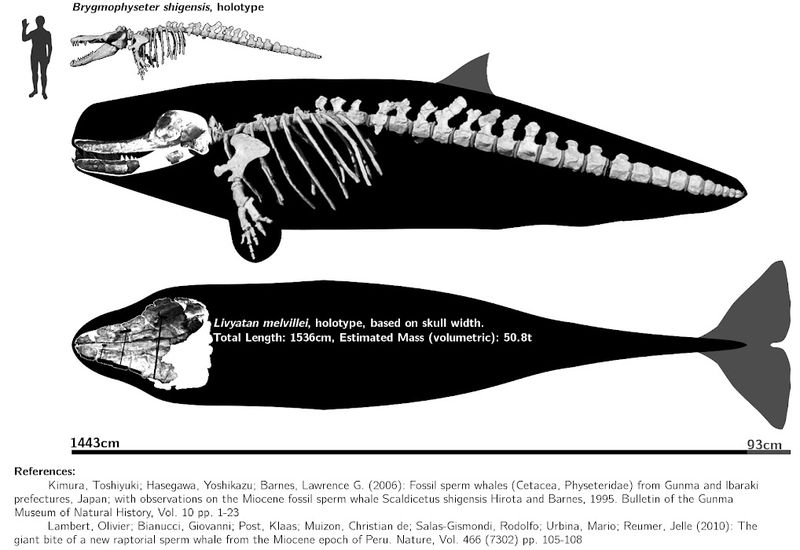
Livyatan’s evolutionary lineage reveals a fascinating journey through time, connecting it to both modern whales and extinct relatives. This lineage showcases the adaptations that allowed it to thrive as a top predator.
The study of its evolutionary history provides insights into the development of its unique features and hunting strategies. Fossil records highlight the transition from ancient ancestors to the formidable Livyatan. This exploration of its lineage enriches our understanding of evolutionary biology and the complexity of prehistoric ecosystems.

